Hey everyone, I have not done an Aquaponics post in ages over a year I guess and to be honest I really do miss it. For those of you that follow me, or have from years back will know that I am not only a total nature nut, but an Aquaponics guru.
These systems I built between 2 and 5 years ago and many of these pics I have posted in a few other seperate posts years ago, I thought I would do a mega blog with a culmination of all of these cool pics and many of the systems I made!
The first pic below is one of the biggest systems I built. It comprised of four hot houses with over 1200 baskets for vegetables per hot house, over 4800 plants in capacity in the whole system!
Before I made the big unit I did many experiments at home playing with different Aquaponics Techniques from NFT (Nutrient Film Technique) to DWC (Deep Water Culture) and Floating Raft Systems.
As per wikipedia.org we have a fantastic definition of Aquaponics do check it out here. https://en.wikipedia.org/wiki/Aquaponics
Aquaponics (/ˈækwəˈpɒnɪks/) refers to any system that combines conventional aquaculture (raising aquatic animals such as snails, fish, crayfish or prawns in tanks) with hydroponics (cultivating plants in water) in a symbiotic environment. In normal aquaculture, excretions from the animals being raised can accumulate in the water, increasing toxicity. In an aquaponic system, water from an aquaculture system is fed to a hydroponic system where the by-products are broken down by nitrifying bacteria initially into nitrites and subsequently into nitrates that are utilized by the plants as nutrients. Then, the water is recirculated back to the aquaculture system.
As existing hydroponic and aquaculture farming techniques form the basis for all aquaponic systems, the size, complexity, and types of foods grown in an aquaponic system can vary as much as any system found in either distinct farming discipline.[1]
This system I made from wood, based on the high temperatures and humidity in hindsight probably not the best idea as it probably would not last as long as aluminium, however it would be alot cheaper initially. What a masterpiece this was and how I miss Aquaponics!
As per wikipedia.org we have a fantastic definition of Aquaponics do check it out here. https://en.wikipedia.org/wiki/Aquaponics
History
Further information: Historical hydroculture
Aztec cultivated agricultural islands known as chinampas in a system considered by some to be the first form of aquaponics for agricultural use,[2][3] where plants were raised on stationary (or sometime movable) islands in lake shallows and waste materials dredged from the Chinampa canals and surrounding cities were used to manually irrigate the plants.[2][4]
South China and the whole of Southeast Asia, where rice was cultivated and farmed in paddy fields in combination with fish, are cited as examples of early aquaponics systems, although the technology had been brought by Chinese settlers who had migrated from Yunnan around 5 AD.[5] These polycultural farming systems existed in many Far Eastern countries and raised fish such as the oriental loach (泥鳅, ドジョウ),[6] swamp eel (黄鳝, 田鰻), common carp (鯉魚, コイ) and crucian carp (鯽魚)[7] as well as pond snails (田螺) in the paddies.[8][9]
The 13th century Chinese agricultural manual Wang Zhen's Book on Farming (王禎農書) described floating wooden rafts which were piled with mud and dirt and which were used for growing rice, wild rice, and fodder. Such floating planters were employed in regions constituting the modern provinces of Jiangsu, Zhejiang, and Fujian. These floating planters are known as either jiatian (架田) or fengtian (葑田), which translates to "framed paddy" and "brassica paddy", respectively. The agricultural work also references earlier Chinese texts, which indicated that floating raft rice cultivation was being used as early as the Tang Dynasty (6th century) and Northern Song Dynasty (8th century) periods of Chinese history.[10
My idea with this little m was to spread the knowledge and educate folks on Aquaponics. This was literally the cheapest little indoor system I made and cost a total or around $15
Here was the beginnings of my first Aggregate Aquaponics systems, the top container to hold the gravel and the bottom fish and water. The water would simply be pumped to the top through the gravel, roots etc and gravity feed via a Bell Syphon into that main tank again, rather simple. A bell syphon can be tricky to get to work properly do read more here as per www.google.com on those:
Not all vegetables can be grown in Aquaponics, It is generally considered that root vegetables do not do well however, I like to experiment. Here I tried growing beetroot and up until this point did really well. The problem with this system is NFT and the holes would have been to small to accommodate the roots of this plant it would need to be done in a Grow Bed with Gravel aggregate system, highly plausible to grow beets though which turned out well!
I tried many fish, Rainbow Trout, Koi, Goldfish and more, generally hotter areas require more tropical fish and colder conditions colder fish, I got these trout in Winter, they did really well in this system, on of my favourite fish indeed very exciting, they taste very good however are a little prone to disease, a tougher better suited fish would be a Tilapia in warmer conditions!
Rainbow trout, these fish are absolutely bloody excellent. A Native fish of Canada, acclimatized to cold water environments BUT with the right research and applying the 'science' behind their natural living conditions can be mimiced and with great success too..
There are a few vegetables that for some reason do much better than others in Aquaponics, Tomatoe's grow at an alarming rate, Strawberries too and lastly lettuce can get from seedling to full grown in a matter of a week or two.
Above we have blue/black/green strawberries, yes really, I imported the seeds from abroad and germinated them, these did really well, I actually a plan to market these for functions, weddings etc. The interesting thing is blue strawberries are not GMO they are made this way due to a hybridization process, sadly in these pics in the flowering stages only!
Most leafy vegetables do really well, saying that however and from the research and experimentation I did with herbs as below, basil also grow very well in these systems. Here I have a smaller system running with gravel!
When I first turned the big unit on I ran a few pipes for testing purposes, it is always good to do this before overloading plants and fish that may die later whilst experimenting, it is always a really good plan too to let the system run for a few weeks to get the nitrate levels regulated and bacteria levels propogated and normalized to prevent full system meltdown!
Often when I built systems I used to test whilst building, many tests from leaks to water circulation, this was a little home system (NFT) I built and stocked with Trout outside my back door which ran successfully for years, rendering a great vegetable and protein food source right outside my back door!
These were 10 000 litre Tanks we purchased to house the trout, freshly dug in this treacherous rocky soil, big job hard work but well achieved!
After the tanks were filled up with water and trout stocked we built a small brick wall around the tanks for flooding prevention, the reason I dug these into the ground were two fold 1 to keep the water temperature as low as possible and secondly water always needs to be lower than the plants to enable proper gravity feed back into the main tanks!
Above my home system just about finished, now testing and building up bacteria, below when it was all done and dusted plants and fish in and hot house erected. Hot houses are always a good idea as they protect plants against the elements as well as keep many vegetable eating critters out, especially the birds! Plants also grow at a faster rate in hot houses they tend to like the humid conditions!
This really was such a Rubicon moment. I had just turned on one of the main pumps for the first system to do testing, my elation apparent and well defined in this pic telling a thousand words, what a GREAT SUCCESS, incredibly exciting!
Credits: Google and Wikipedia, all pics taken by myself the semi young chap in the last pic ;)
I trust you enjoyed that and you have a super cool festive season.
Cheer$;)

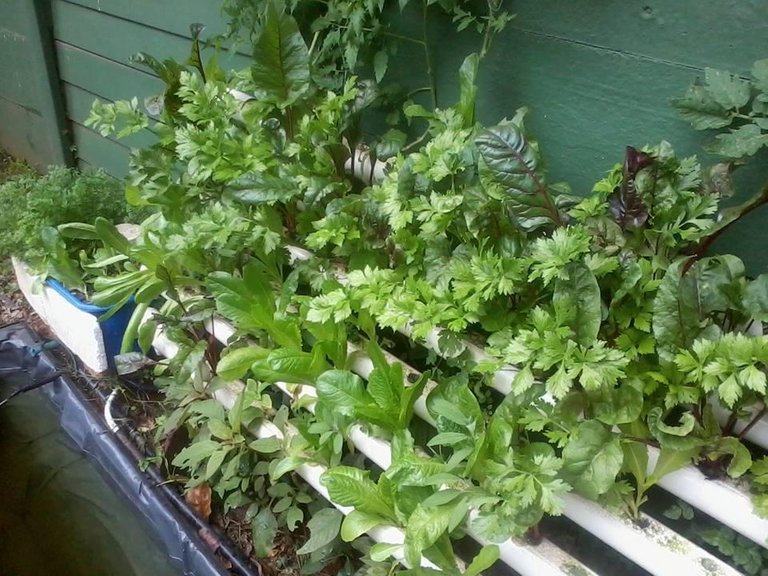






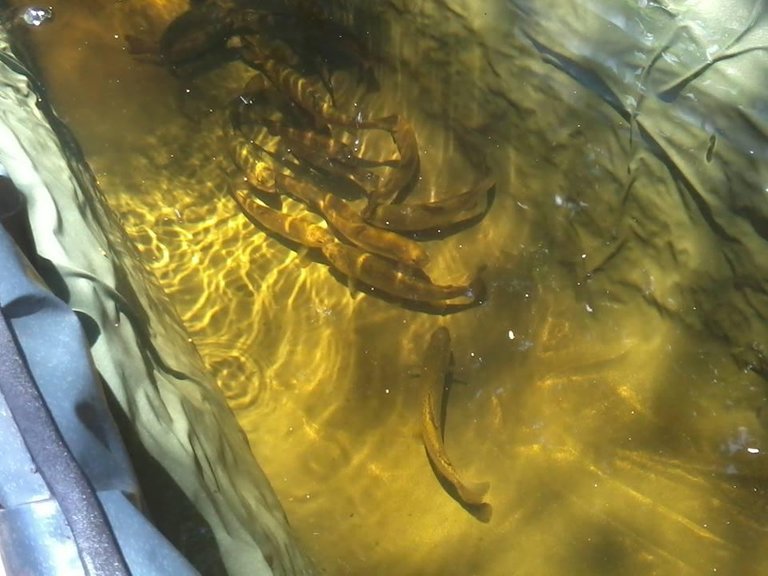

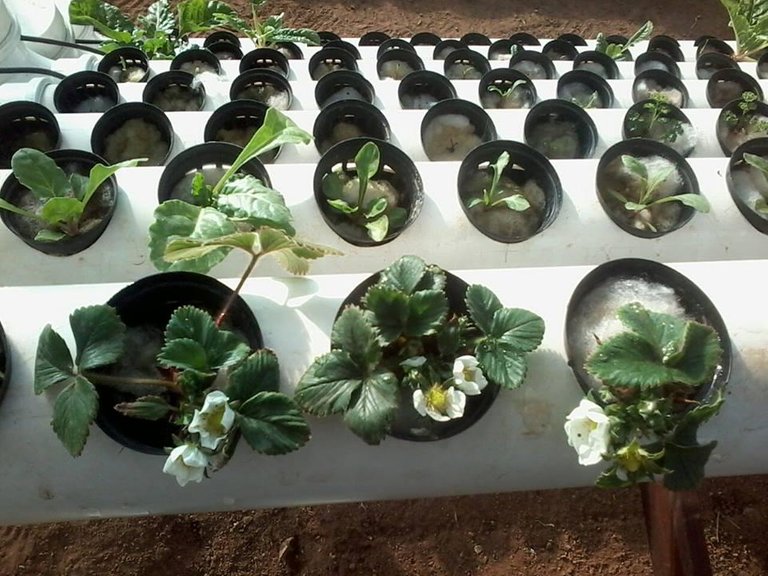
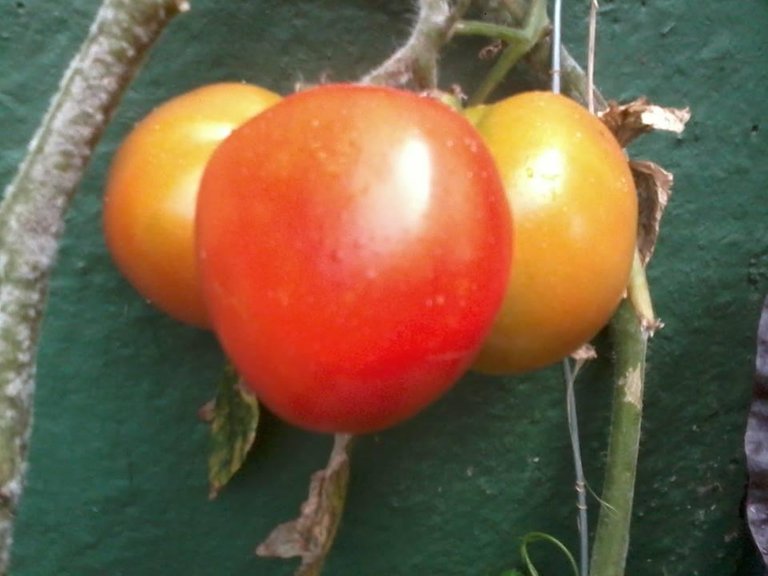
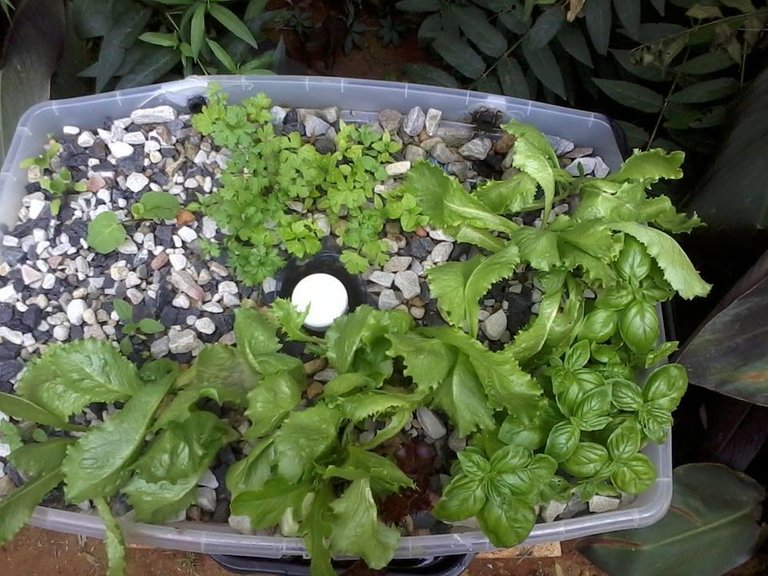


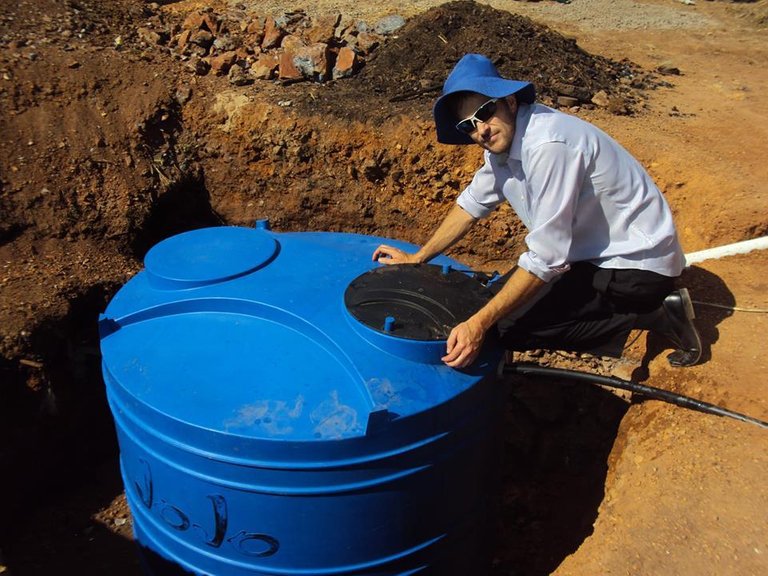
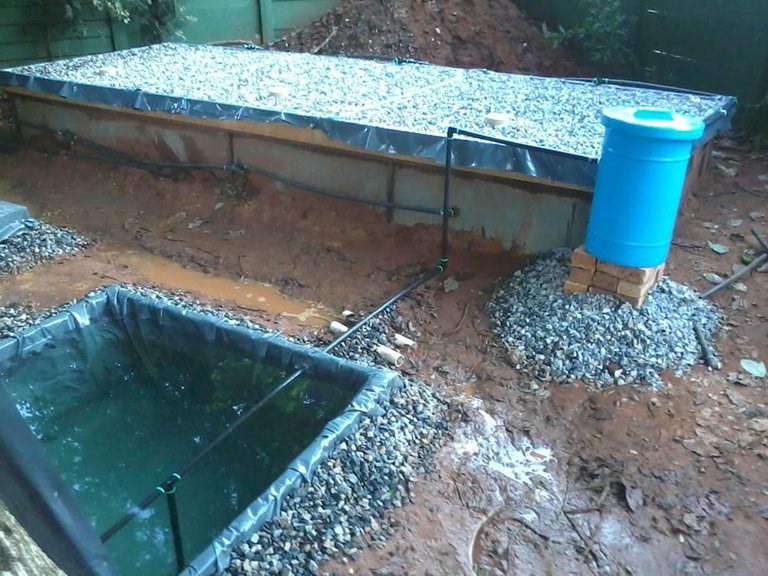

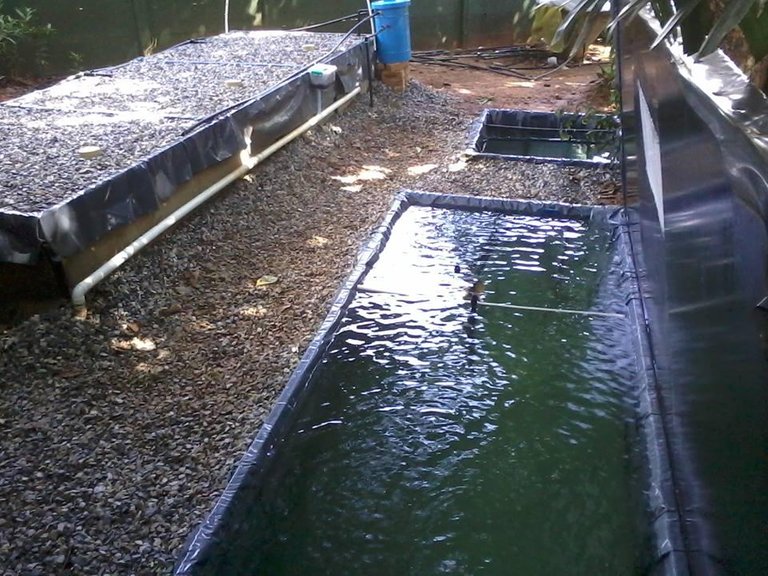
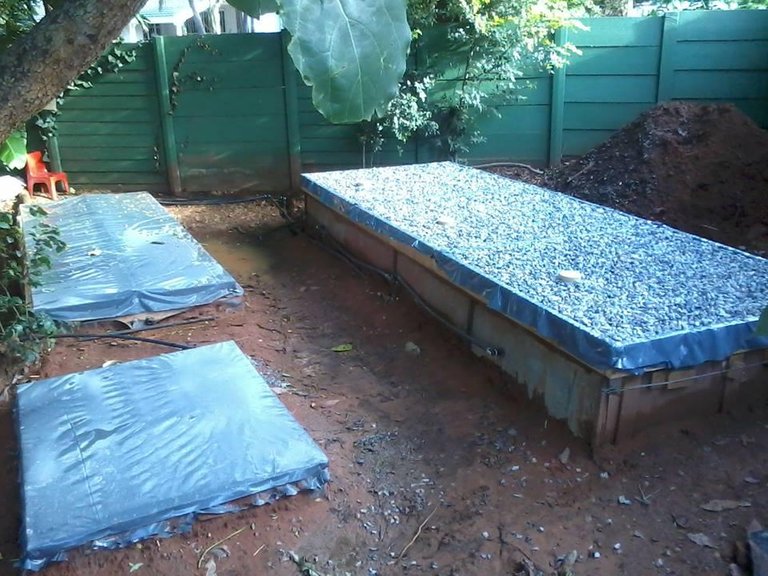


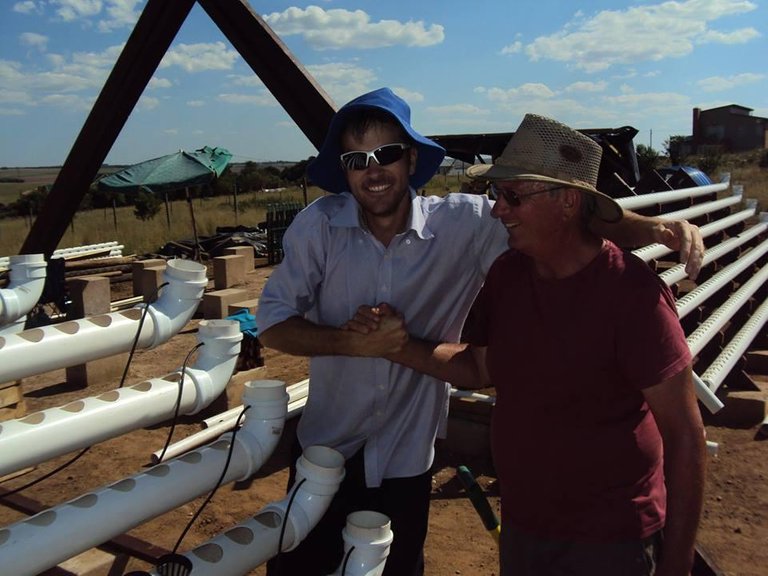
Wow, you have produced some rather epic growing systems there! I have read about smaller types of symbiotic systems but have never seem them made to that scale. I would definitely like to experiment with a small home system in the future. Is it possible to set up something like that in a more natural setting such as a small naturally occuring pond?
Hey man you can use a natural pond problem is you dont want all the algae and sediment in the growbeds or pipes if you can prevent that from happening you are gold oh and as long as it has fish those are the key ingredient :P Cheer$;)
Congratulations @craigcryptoking!
Your post was mentioned in the Steem Hit Parade in the following category:
Damn I thought this one may have made 1. Keep trying we shall. . Thanks brother
This post was shared in the Curation Collective Discord community for curators, and upvoted and resteemed by the @c-squared community account after manual review.
@c-squared runs a community witness. Please consider using one of your witness votes on us here
Wow I am totally honoured @c-squared truly thanks so much I really appreciate that. Cheer$:)
STUNNING!!! Have I mentioned before that we need you to come and set ours up? We need fish! We need food! Green food! We need a green fingered professional to help @craigcryptoking.......just saying
Thanks sister appreciate that. They pretty hey..hopefully next year Ill come visit if crypto just goes up as it did in 2017 I certainly will x x
Hi @craigcryptoking!
Your post was upvoted by @steem-ua, new Steem dApp, using UserAuthority for algorithmic post curation!
Your UA account score is currently 3.939 which ranks you at #4308 across all Steem accounts.
Your rank has not changed in the last three days.
In our last Algorithmic Curation Round, consisting of 106 contributions, your post is ranked at #10.
Evaluation of your UA score:
Feel free to join our @steem-ua Discord server